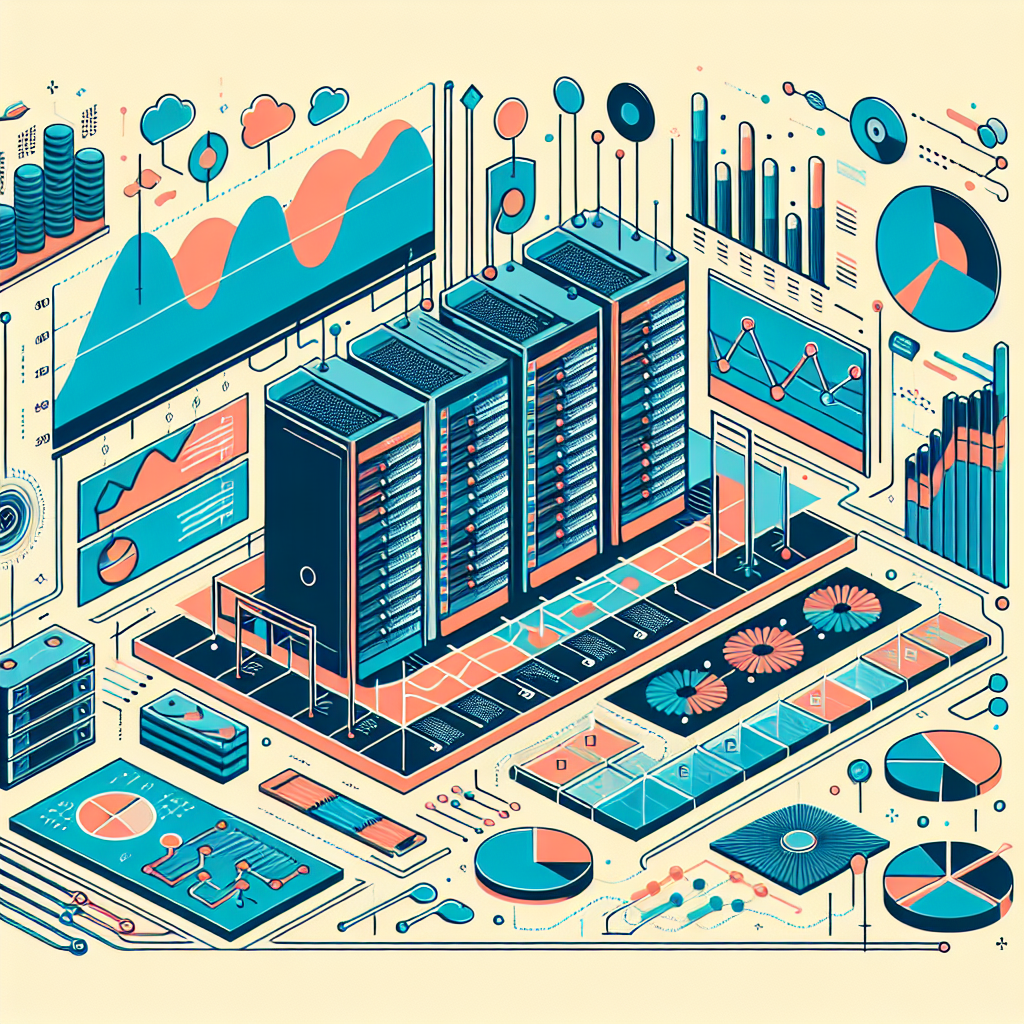Your cart is currently empty!
Understanding the Metrics: Key Performance Indicators for Data Center Monitoring

Data centers are the backbone of modern businesses, housing the critical infrastructure that powers everything from email communication to online sales. In order to ensure that data centers are operating efficiently and effectively, it is essential to monitor key performance indicators (KPIs) that provide insights into their performance.
Understanding these metrics is crucial for data center operators and managers, as they can help identify issues before they become major problems, optimize resource allocation, and make informed decisions about the future of the data center. In this article, we will explore some of the key KPIs that are commonly used in data center monitoring.
1. Power Usage Effectiveness (PUE)
PUE is a measure of how efficiently a data center uses energy. It is calculated by dividing the total energy consumed by the data center by the energy consumed by the IT equipment. A lower PUE indicates a more efficient data center, as it means that less energy is being wasted on cooling and other non-IT functions.
Monitoring PUE can help data center operators identify opportunities for energy savings, such as optimizing cooling systems or consolidating servers. It can also provide insights into the overall efficiency of the data center and help track improvements over time.
2. Temperature and Humidity
Temperature and humidity levels are critical factors in maintaining the health and performance of IT equipment. Monitoring these metrics can help data center operators ensure that their equipment is operating within safe parameters and identify potential issues before they cause downtime or damage.
By tracking temperature and humidity levels, data center operators can optimize cooling systems, identify hot spots, and prevent equipment failures due to overheating or excessive moisture. This can help improve the overall reliability and performance of the data center.
3. Server Utilization
Server utilization is a measure of how effectively IT resources are being used. By monitoring server utilization, data center operators can identify underutilized servers that can be consolidated or decommissioned, as well as allocate resources more efficiently to meet changing workload demands.
Monitoring server utilization can help data center operators optimize resource allocation, improve performance, and reduce energy consumption. It can also provide insights into trends and patterns in workload demand, helping to plan for future capacity needs.
4. Network Latency
Network latency is a measure of the delay in data transmission between devices on a network. High network latency can lead to slow performance, dropped connections, and other issues that can impact the user experience and the overall performance of the data center.
Monitoring network latency can help data center operators identify bottlenecks, optimize network configurations, and ensure that data is flowing smoothly between devices. It can also help diagnose performance issues and troubleshoot network problems quickly to minimize downtime.
In conclusion, understanding and monitoring key performance indicators is essential for ensuring the efficient and effective operation of data centers. By tracking metrics such as PUE, temperature and humidity, server utilization, and network latency, data center operators can identify opportunities for improvement, optimize resource allocation, and make informed decisions about the future of their data centers. By leveraging these KPIs, data center operators can improve performance, reduce costs, and ensure the reliability and availability of their critical IT infrastructure.

Leave a Reply